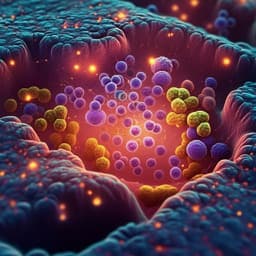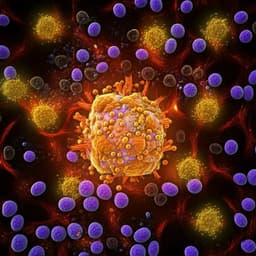
Medicine and Health
MarsGT: Multi-omics analysis for rare population inference using single-cell graph transformer
X. Wang, M. Duan, et al.
MarsGT, an innovative deep learning model, excels in pinpointing rare cell populations critical for understanding disease progression and therapy responses. This groundbreaking approach offers unprecedented insights into unique subpopulations in various datasets, highlighting potential avenues for early detection and therapeutic intervention. This research was conducted by Xiaoying Wang, Maoteng Duan, Jingxian Li, Anjun Ma, Gang Xin, Dong Xu, Zihai Li, Bingqiang Liu, and Qin Ma.
~3 min • Beginner • English
Related Publications
Explore these studies to deepen your understanding of the subject.







